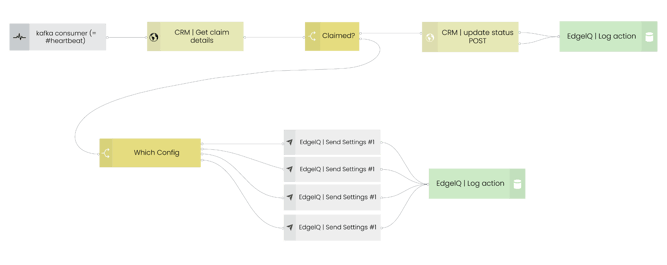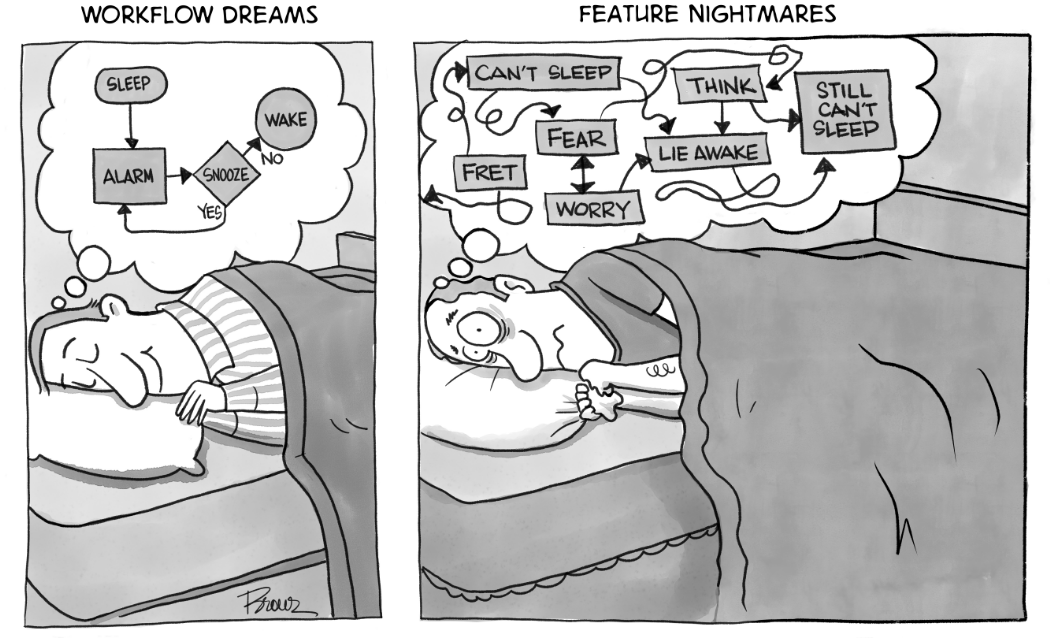This is the second in a 3-part blog series on Zero Touch Provisioning (ZTP). In the previous post, we covered the basics of ZTP and its importance in the IoT device landscape. Today, we'll explore how a ZTP workflow interacts with the application ecosystem to gather data as part of the device setup process.
ZTP is not the only process that needs to occur at first connection. There are other processes that can be considered part of ZTP, since they must be completed before a device can be used. In this blog, we'll focus on the business or user processes that need to happen before a device becomes operational.
When selling a connected product, a suite of actions must take place before the device can deliver value. A great example of this is the claim process. In a claim process, when a connected product is sold through a distribution channel (enterprise or consumer), the end user must "claim" that device as theirs and have it added to their account. In that example, the connected product cannot receive its full configuration until the claim process is completed.
Let's consider a real-world example: a consumer purchases a home security device and downloads an app to connect to it and configure it. As a part of the app workflow, the user creates an account, adds the device to the account, and connects the device to the local Wi-Fi. Once the device is registered in the app, it can make its first connection. However, the ZTP flow is slightly different in this case. Before the device can receive its configuration, the workflow needs to connect to the CRM to determine the claim status and any specific customer information, such as the country of registration, to determine the appropriate configuration to send. All of this must happen as part of the ZTP process.

At EdgeIQ, the ability to create custom workflows triggered by device lifecycle events allows customers to create a claim workflow that is uniquely tailored to their connected product. This ensures distribution of a connected product at scale while also ensuring specific customer requirements and regional needs can be easily handled.
In this second part of our ZTP blog series, we explored how the application ecosystem plays a crucial role in the ZTP process. By integrating claim processes and customer-specific data into the ZTP workflow, connected products can be seamlessly provisioned and customized for each user. In our next blog, we'll explore how ZTP integrates with cloud platforms, enabling seamless provisioning of cloud services essential for IoT device operation.

